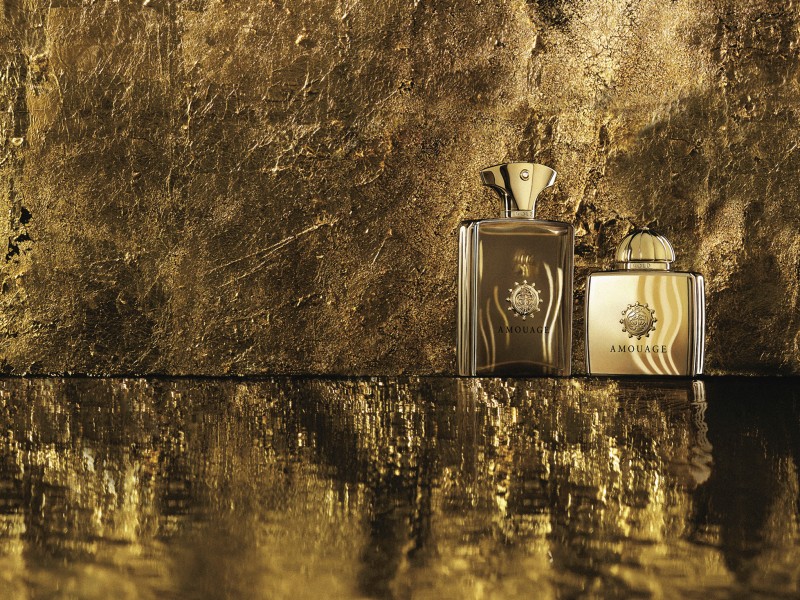In the midst of the current volatile and frenzied fashion landscape, a label has appeared that is challenging the once unquestioned codes of the show system, and producing intriguing urban collections that are electrifying both customers and critics alike. Georgian born Demna Gvasalia is the man fronting the Vetements collective, in addition to his recent appointment to artistic director of Balenciaga—a 35-year-old designer who trained at the Royal Academy of Fine Arts Antwerp (where he was taught by Walter von Bierendonck) only to then work in the houses of both Maison Margiela and Louis Vuitton.
The universal excitement surrounding Vetements is due in part to their entire philosophy making sense. It’s the essence of contemporary. The clothes and the audience are cool, as are the seen-better-days nightclubs, restaurants and churches chosen as show venues, as are their army of models—both arresting and irregular. The announcement that they will play the game their way is a perfect storm of honesty in a muddied field. Irreligious and edgy, their approach has hit an immediate chord with those wishing to blow away the cobwebs of a fusty fashion system. Vetements, as a brand, is on fire.
Gvasalia, together with his CEO brother Guram and a team of like-minded friends and creatives established Vetements in 2014, with what has proved to be the most radical of ideas—they wanted to have fun. And even more astonishingly, their design philosophy is about producing clothes that are relatable, a clever up scaling of street wear basics that have a slightly jarring, ‘anti-fashion’ edge. A hoodie, jeans, a blue cotton shirt, a leather trench, are all precisely explored and reassembled, with just a nuance of strangeness, such as an overlong sleeve or an exaggerated shoulder line, a process Gvasalia calls “investigative fashion”. These are valuable lessons that would have no doubt been made apparent at Margiela, with new ways of seeing, and exploring the functional and the generic—the reason for calling the label ‘Vetements’ French for ‘clothes’ being self-evident. With a touch of pragmatism, Gvasalia has mentioned that he is simply making clothes that his friends would like.
These are pieces that make strong intellectual sense in a time when the world seems flooded with irrelevant and pretentious fashion. As Gvasalia explained to The Business of Fashion, “[the collections are] not necessarily new or avant-garde—not at all—that was not our idea. It’s just things that people want to wear.” His rationale is clear: “It’s not to create a fairytale—that’s not reality—but to make that hoodie they want to wear or that dress they need to have. It’s like product design. For me, it’s nothing to do with the conceptual.”
A review of Vetements’ Autumn/Winter 2016 collection is like a greatest hits of core items that we all want in our wardrobes, at any age and gender. An almost identical soft grey plaid suit and crisp shirt is shown first on a woman, then on a man reminiscent of a young Iggy Pop, the look accentuated with a fur collier. Liquid caramel velvet comes into play as a button through coat is worn with sexy over the knee boots, then as a slouchy suit for men, worn with a quietly ordinary yellow plaid shirt. The most perfect of khaki trench coats is thrown over neon orange leisure wear—a precise hounds tooth check coat in brown and white sashed tightly over camouflage pants. Hoodies and flying jackets reign supreme, the uniform of street kids everywhere. Vetements’ hugely popular dresses are a mix of Little House on the Prairie meets seventies thrift, a nutty mix of pretty floral inserts and frills, with the end result being anything but chaste.
Gvasalia’s ingenuous questioning of a wasteful and archaic fashion system, an international merry go round of continuous runway shows that exhausts designers, and confuses customers, has been part of a long overdue debate as to when, and how new collections are presented. Rather than acquiesce to a gruelling, churn and burn system that requires a constant turnover of collections including pre and resort, Vetements is combining its men’s and women’s collections into two shows per year, and in a game changing decision, the storied Chambre Syndicale de la Haute Couture, has invited the label to show as a ‘guest member’ during the Spring/Summer 2017 couture shows in Paris. Of course, the collective are not alone in changing the conversation—Tom Ford, Burberry, Brioni each have announced that they will move to a ‘See Now, Buy Now’ strategy, while Gucci is merging their men’s and women’s collection, to be staged twice yearly.
There is no doubt that the internet, and the injection of an informed, and impatient customer has moved the goal posts. Renowned fashion scribe Tim Blanks recently queried “the sense of false urgency” that is being talked about the brands intent on delivering into stores immediately after they have shown, which also calls into question the importance of the role of both critics and editors. Gvasalia clearly feels it is the appropriate strategy for Vetements. “At the end of the day, the reason is for people to be able to buy it and have it in their wardrobes, more than being exposed in terms of media” he confirmed to The Business of Fashion.
As the traditional fashion system is necessarily shifting and morphing, the consumer and their needs have finally taken precedence. “This is my first fashion show” a young woman was quoted in The New York Times, as she purchased her ticket to Kanye West’s show at Madison Square Garden, firmly claiming her seat amongst the legacy fashion editors in their previously sacrosanct gilt chairs. This egalitarianism is at the heart of Vetements, and in all areas of their business model. They are designing clothes, basics really, that are meant to be worn, and frequently. The ordinary is art, when delivered with intent and a finely tuned eye. Vetements’ strategy is not to flood the market with ball gowns, but to answer our everyday needs. And perhaps, excitingly, it encourages us to have a little fun too.
For more visit vetementswebsite.com
Related Features
-
86
-
-
-

